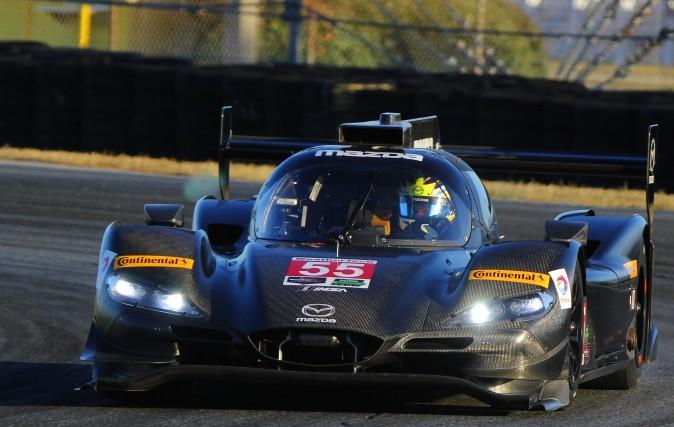DAYTONA BEACH, Fla.—Mazda factory driver Tristan Nunez is about to embark on his fourth season a Mazda factory driver, driving one of the fastest cars in the fastest class of the fastest sports car series in North America. This would be an accomplishment for any driver, and is fairly phenomenal for a driver who just turned 21.
For Nunez, it is part of the plan, a plan which started in 2009 when he won his first karting championship and progressed through 2013, when he started driving in North America’s top-tier sports car series, scoring six class wins , to earning a seat in the then-new Mazda Prototype in 2014—at age 18.
Tristan Nunez drives the #55 Mazda Motorsports RT24-P in the IMSA WeatherTech Sports car Championship, the premier North American sports car racing series. he has been part of the series since its inception, and drove in both its predecessor series before that.






